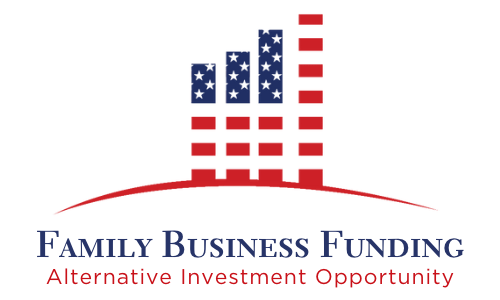On July 27, 2022, the Federal Reserve raised its target overnight interest rate by seventy-five basis points to control the most severe breakout of inflation since the 1980s. The Federal Open Market Committee (the “FOMC”) unanimously lifted the policy rate to a range of 2.25 percent to 2.50 percent. Following this month’s 75-basis-point rise and smaller increases in May and March, the Fed has raised its policy rate by 225 basis points this year. This level is believed to terminate the pandemic-era monetary stimulus.
The Fed’s decision is not as aggressive as the 100-basis point rise rumored for the FOMC’s most recent meeting. However, it is more aggressive than the small increases that started the year. This suggests the Fed’s intention to get inflation under control as quickly as possible is evident in the amount of each raise. In 2022, the FOMC will assemble three more times expecting a rate hike each time.
The Federal Funds rate, determined by the U.S. central bank, is the interest rate at which financial institutions lend and borrow money from each other overnight. Even though it is not the rate that consumers pay, the Fed’s actions have an impact on the borrowing and saving rates that individuals see daily.
Higher rates have already begun to affect real estate, stock market, bonds, commodities, cryptocurrency, and a variety of other assets in 2022. But what can investors expect from this point forward, and how long will the rising-rate environment influence markets?
How the Fed hikes affect investments?
Real Estate
Mortgages become more expensive when interest rates are high. This makes it more costly for consumers to purchase a home. The market for rental properties will likely increase because fewer people can qualify for mortgages as well. As a result, the demand for home purchasing will likely decrease and cause a slowdown in the housing market. To counter this effect, home sellers usually reduce the sales price of their homes in hopes of attracting buyers.
Stock Market
The rise of the discount rate by the Federal Reserve increases the short-term borrowing costs for financial institutions. This has a ripple effect on the borrowing costs for companies and the consumers in the economy. For example, individuals will spend less when consumer bills become more expensive. When consumers have less disposable income, they tend to save more. Erratic consumer spending causes business revenues and profits to decrease, which will usually be reflected in a decrease of stock prices.
Growth stocks will see the biggest decline since they are dependent on capital for their business expansion. For a company to grow, it must have access to capital to hire staff, build offices, and expand operations. It is now more difficult to secure low-cost debt financing resulting in slower growth for these companies. However, one sector that tends to benefit from interest rate increases is the financial industry. Banks, private lenders, insurance companies, and mortgage companies usually see earnings increase since they can charge more for their money.
Bonds
Interest rates and bonds have an inverse relationship to each other. When interest rates increase, bond prices fall. Newly issued bonds will have a higher coupon rate, which will result in the bonds with lower coupons being less valued. Bonds with shorter maturities are less affected by interest rate fluctuations compared to bonds with longer maturities because people want to place their money in short term bonds for protection.
Conclusion
Interest rates have been rising quickly in 2022, and no one is certain how much higher they will go. These increases have widespread effects on investments. When the interest rate increases, mortgage rates rise, bond prices fall, and there are potential stock market losses. It is important for investors to have diversified portfolios to absorb losses due to macroeconomic factors.

